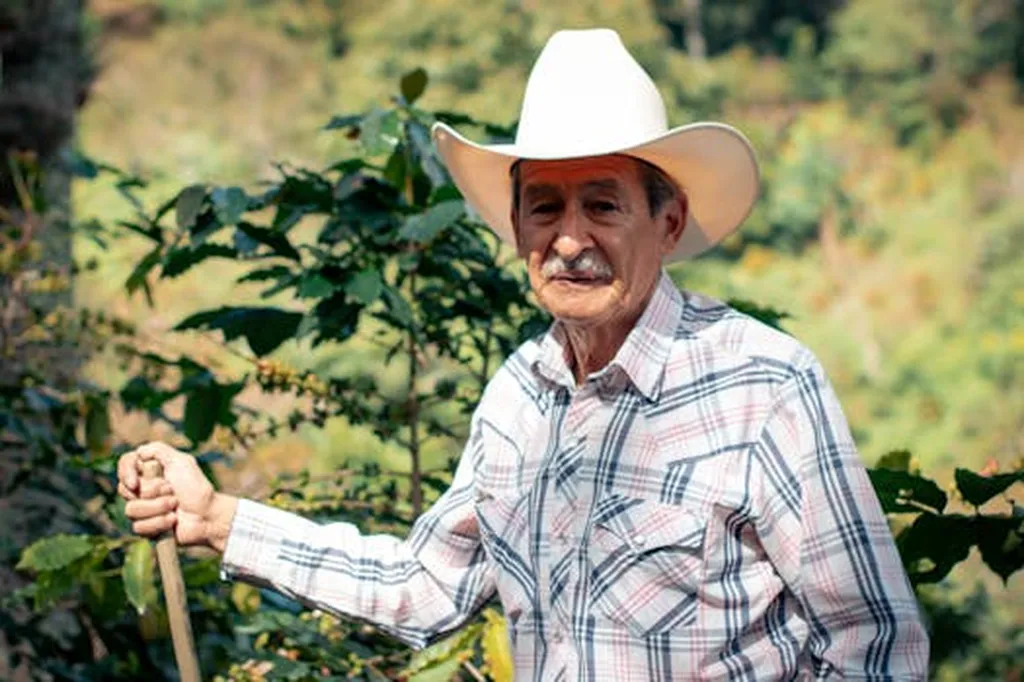In the heart of Pakistan’s Punjab province, a humble pseudocereal is making waves, promising to diversify crop portfolios and bolster nutritional security. Buckwheat, traditionally cultivated in the lofty hills, is proving its mettle in the low-altitude plains of Multan, thanks to pioneering research led by Mahmood Alam of the Department of Agronomy at Muhammad Nawaz Shareef University of Agriculture.
Buckwheat, known for its gluten-free grains and nutrient density, has long been a staple in higher elevations. However, its area of cultivation has been declining in recent years. Alam and his team sought to test the adaptability of buckwheat in new ecological conditions, specifically at a low altitude of 122 meters above sea level. Their findings, published in the journal ‘BMC Plant Biology’ (which translates to ‘Basic and Applied Plant Biology’), reveal promising results that could reshape agricultural practices and commercial opportunities in the region.
The researchers evaluated two buckwheat genotypes, Silverhull 24 and Japanese B+0 IR-13, over two growing seasons (2020-21 and 2021-22), with sowing times staggered from October to February. The goal was to optimize sowing times to estimate yield potential, crop phenology, and grain nutritional profile. The results were enlightening. “We found that buckwheat can indeed adapt to low-altitude conditions, but the timing of sowing is crucial,” Alam explained. The genotype Silverhull-24 yielded the highest grain (1.27 t ha-1) when sown on February 1st, while Japanese B+0 IR-13 performed best (1.24 t ha-1) when sown on November 1st. Sowing in October resulted in the lowest yields due to higher ambient temperatures and excessive heat units during early developmental stages.
The study also confirmed buckwheat’s reputation as a short-duration crop, with an average duration of 73 days after sowing. This characteristic makes it an ideal candidate for intercropping or fitting into tight rotational schedules. “Buckwheat’s short duration allows it to be slotted between autumn and spring crops like maize and sunflower,” Alam noted, highlighting its potential to diversify farming systems and mitigate risks associated with monocropping.
Nutritionally, buckwheat punches above its weight. The researchers recorded average protein concentrations of 15%, iron levels of 3.06–3.90 mg/100 g, and magnesium concentrations of 344.6 mg/100 g, all of which are generally higher than those found in major cereals. This nutritional profile positions buckwheat as a valuable crop for enhancing food security and addressing dietary deficiencies.
The commercial implications of this research are significant. As consumer demand for gluten-free and nutrient-dense foods continues to rise, buckwheat’s adaptability to low-altitude conditions opens up new avenues for farmers and agribusinesses. The crop’s short duration and high nutritional value make it an attractive option for diversifying farm enterprises and tapping into niche markets.
Moreover, the study’s findings could influence future agricultural policies and research priorities. By demonstrating buckwheat’s adaptability and commercial potential, Alam and his team have laid the groundwork for further exploration of this versatile crop. “Our research shows that buckwheat can be a game-changer for low-altitude agriculture,” Alam said. “It’s a crop that deserves more attention and investment.”
As the agricultural sector grapples with the challenges of climate change and shifting consumer preferences, innovative research like Alam’s offers a beacon of hope. By pushing the boundaries of traditional farming practices and exploring the potential of underutilized crops, we can pave the way for a more sustainable and resilient future. The story of buckwheat in Multan is not just about a crop; it’s about the power of innovation to transform lives and livelihoods.

